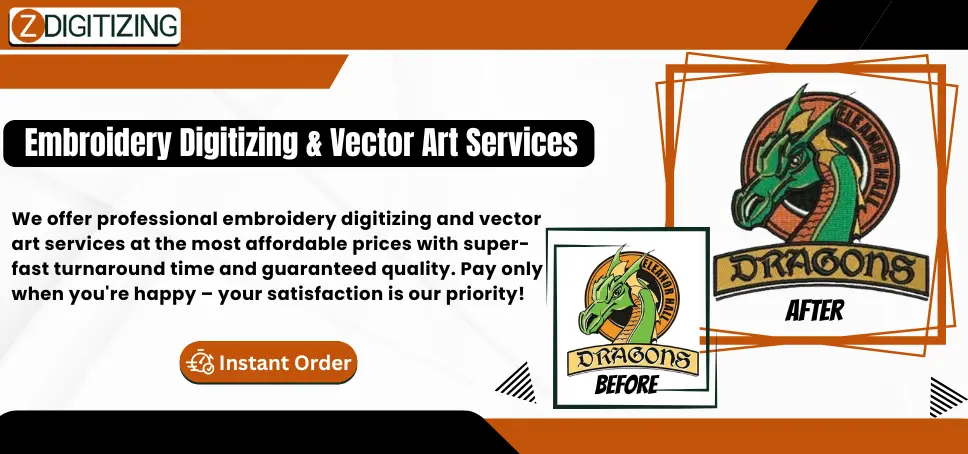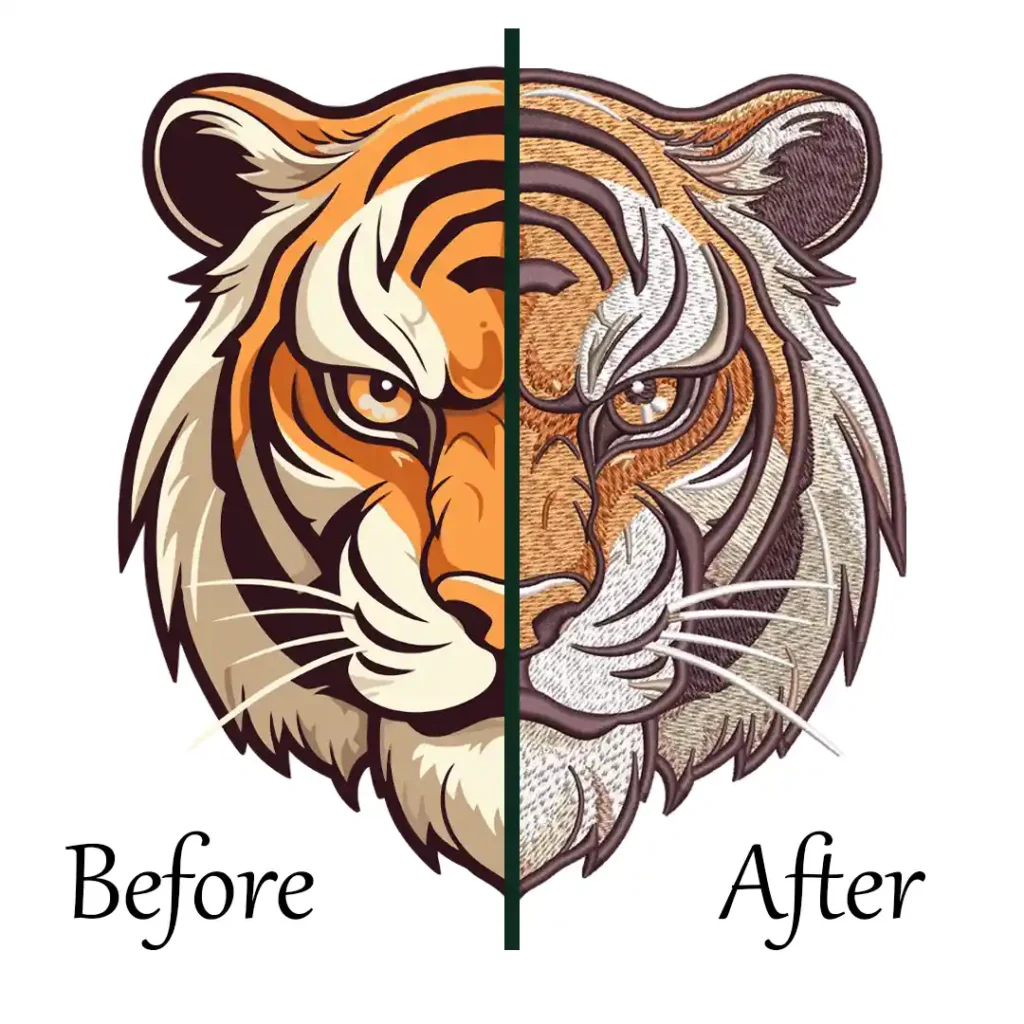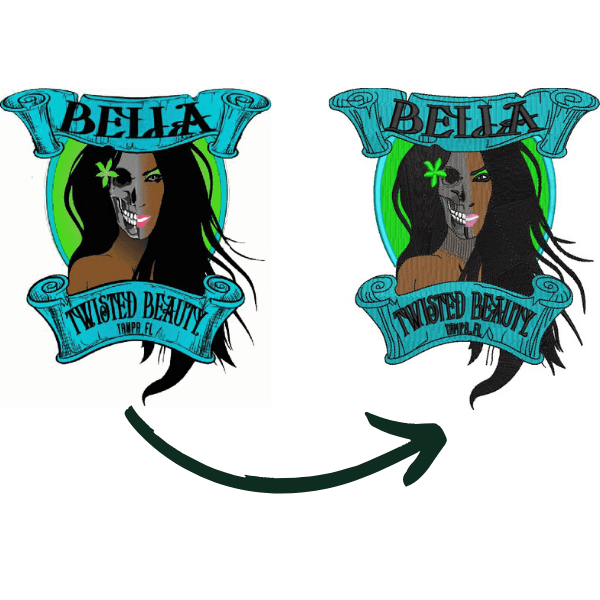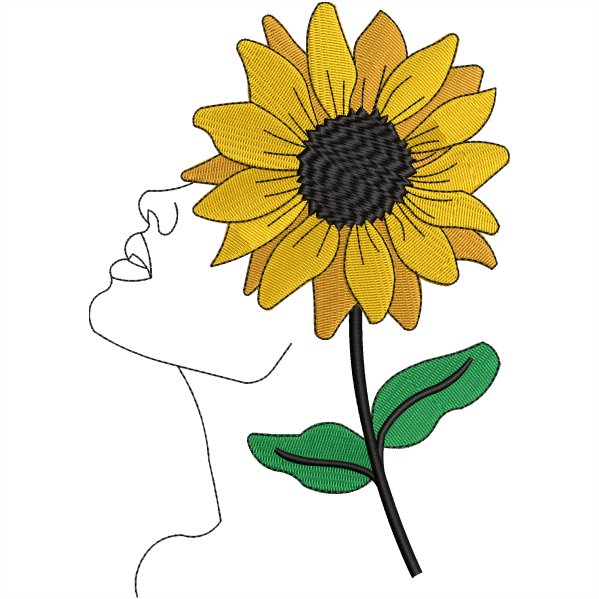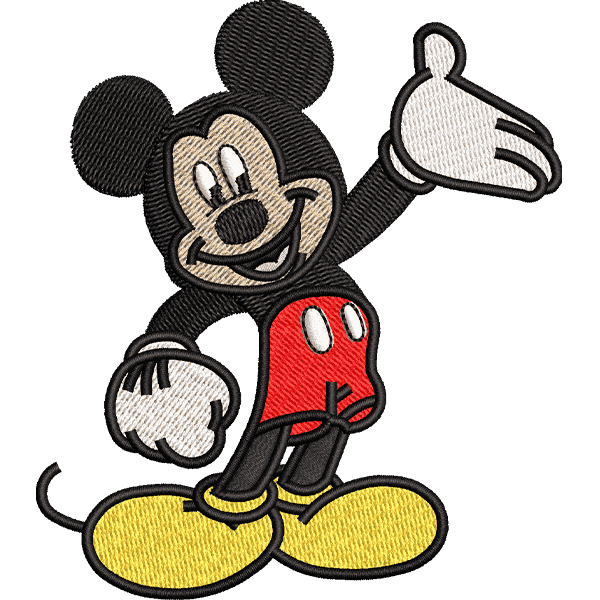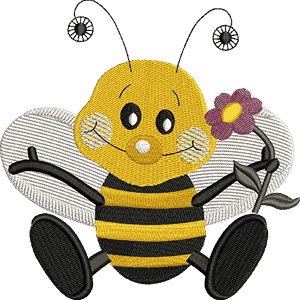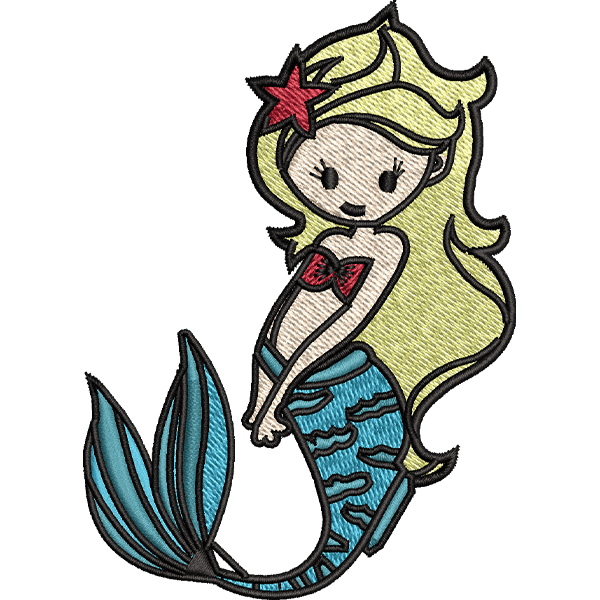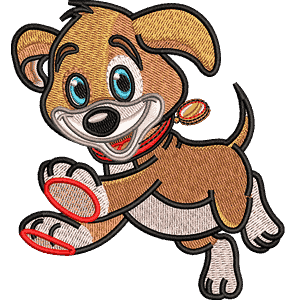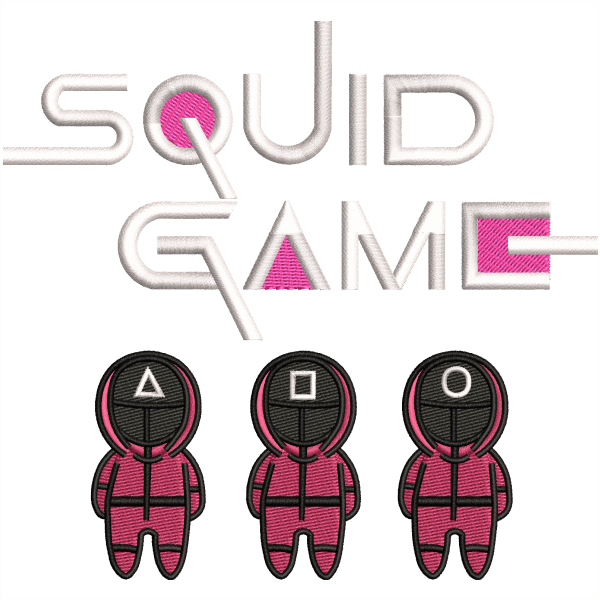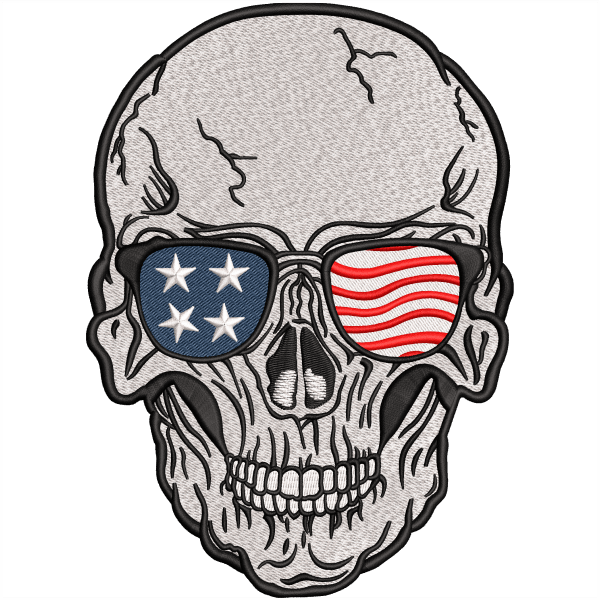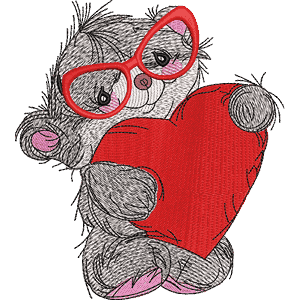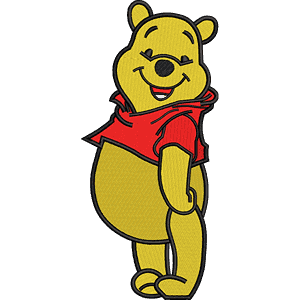Choosing between an embroidery machine vs sewing machine can be confusing, especially for beginners and hobbyists eager to start their next creative project. While both machines use thread and fabric, their functions are entirely different: one is made for construction, the other for decoration. Understanding which machine suits your goals can save time, money, and frustration.
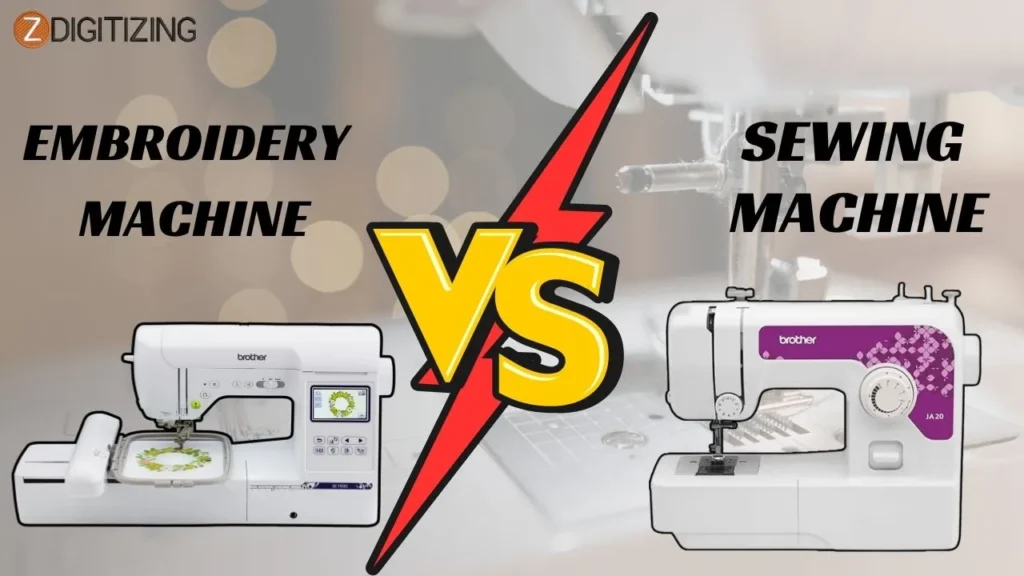
Can you embroider with a sewing machine? Should you invest in an embroidery sewing machine or get a combo unit? In this guide, we’ll break down the real differences, use cases, pros and cons, and expert tips to help you choose the right machine with confidence.
Real Difference Between an Embroidery Machine vs Sewing Machine
What is Sewing Machine?
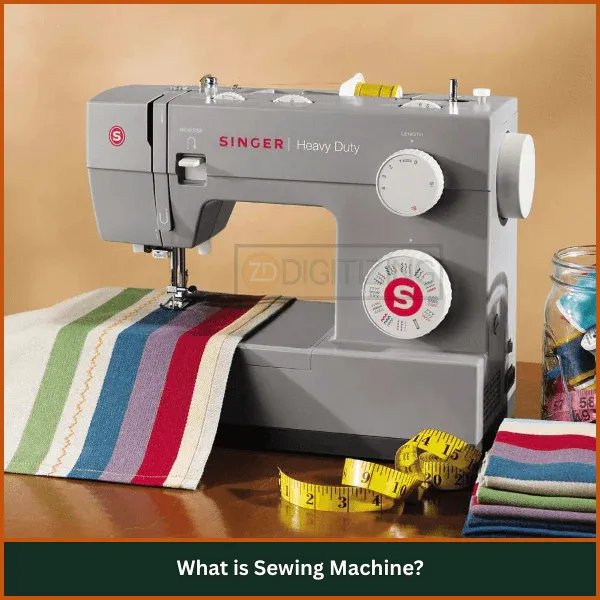
It is a device that uses a needle, thread, and motor (manual or electric) to stitch two or more layers of fabric together.
It helps users complete sewing tasks faster, more accurately, and more neatly than hand stitching.
Modern sewing machines often come with adjustable speed, built-in stitch patterns, and automatic thread cutters to simplify the sewing process and boost productivity.
Key functions of a standard sewing machine include:
- Straight stitching for seams
- Zigzag stitching for flexibility and edge finishing
- Buttonhole creation
- Hemming, topstitching, and decorative stitches (on advanced models)
- Quilting or patchwork sewing
- Some machines include basic monogramming features
These features make sewing machines ideal for everything from everyday repairs to DIY fashion and crafts. However, if your goal is to create intricate designs or digitized patterns, you’ll likely want to compare a traditional sewing machine with a dedicated embroidery machine.
Types of Sewing Machines
It can be broadly categorized based on their design, functionality, and use:
- Mechanical Sewing Machines: Operate with manual controls and physical force, often durable and simple, suitable for basic sewing tasks.
- Electronic Sewing Machines: Feature electronic controls for stitch selection and speed, offering more stitch options and ease of use.
- Industrial Sewing Machines: Larger, faster, and specialized for mass production and heavy-duty materials.
- Specialized Machines: Include overlock (serger) machines for edge finishing, buttonhole machines, quilting machines, and embroidery machines for decorative stitching.
Pros and Cons of Sewing Machines
Pros | Cons |
Speeds up sewing compared to hand sewing | Can be expensive, especially computerized models |
Produces strong, consistent stitches | Requires some learning and practice to use effectively |
Wide variety of stitch options available | Maintenance and servicing can be needed |
Suitable for a range of fabrics and projects | Mechanical machines may require physical effort |
Enables creative and professional finishes | Electronic/computerized models can be complex to troubleshoot |
What Is an Embroidery Machine?
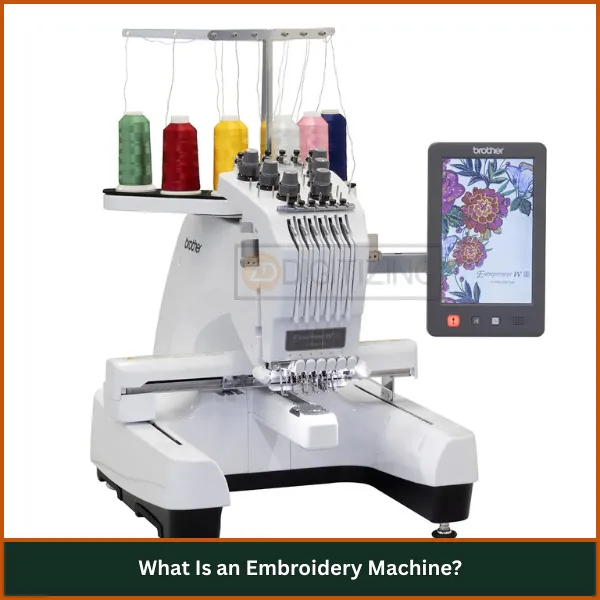
It is a computerized device that uses preloaded or imported digital designs to automatically stitch patterns into fabric. It doesn’t sew clothes together instead, it decorates them. You choose or upload a design, hoop your fabric, and let the machine do the stitching based on a programmed path.
Many embroidery machines also allow design editing, resizing, and color adjustments directly on-screen, offering flexibility for both beginners and professionals.
Key purposes of an embroidery machine include:
- Creating monograms or initials on towels, shirts, and bags
- Stitching logos for uniforms or branded apparel
- Personalizing gifts like baby blankets, aprons, or hats
- Adding decorative elements to quilting blocks or garments
- Crafting detailed appliqué and multi-color motifs
Types of Embroidery Machines
They can be broadly categorized based on their needle system, functionality, and intended use:
- Single-Needle Embroidery Machines: Operate with one needle, ideal for home use, allow basic embroidery with manual thread color changes, user-friendly and affordable.
- Multi-Needle Embroidery Machines: Feature multiple needles (4–16), allowing automatic thread color switching, suitable for complex and commercial projects.
- Embroidery-Only Machines: Focus solely on decorative stitching, do not perform standard sewing tasks, perfect for users who already own a sewing machine.
- Combo Sewing and Embroidery Machines: Offer both standard sewing and embroidery features, great for hobbyists or small business owners seeking versatility in one unit.
- Commercial/Industrial Embroidery Machines: High-speed machines built for bulk production, often used in apparel businesses, support multiple embroidery heads and advanced automation.
- Free-Motion Embroidery (Using Sewing Machines): A manual technique using a standard sewing machine with feed dogs lowered, requires skill and offers artistic freedom, but lacks the precision of computerized embroidery.
Pros and Cons of Embroidery Machine
Pros | Cons |
Stitch pre-designed digital patterns | Sew garment seams or construct clothing |
Create monograms, logos, appliqué, and custom art | Replace a full-featured sewing machine on its own |
Work automatically from uploaded or built-in files | Handle thick seams, zippers, or everyday alterations |
Use embroidery hoops and stabilizers for precision | Perform tasks like hemming or topstitching |
Customize fabric for commercial or hobby projects | Operate effectively without hooping and design setup |
If you need both construction and decoration, you might consider an embroidery and sewing machine combo, a hybrid unit that supports both functionalities without needing two separate machines.
Embroidery Machine vs Sewing Machine: Key Differences

Whether you’re crafting a new outfit or personalizing a gift, the type of machine you use can make a big difference. Sewing machines are excellent tools for assembling and shaping fabric projects, while embroidery machines bring creativity to life through decorative stitching.
Each machine has unique tools, features, and functions tailored to its role. From the way they handle fabric to how they manage thread, their designs reflect very different end goals, one focuses on structure, the other on style.
Feature | Embroidery Machine | Sewing Machine |
Function | Decorative designs | Garment construction |
Stitch Direction | Multi-directional (automatic) | Straight/zigzag (manual) |
Presser Foot | For hooped fabric | For fabric movement |
Fabric Movement | Automated by machine | Manual or feed dogs |
Price | $500 – $12,000+ | $100 – $1,000+ |
Stitch Patterns | Many built-in/importable designs | Basic stitch types |
Hooping | Requires hoop | No hoop needed |
Automation | USB/Wi-Fi, design import | Mostly manual |
Thread Colors | Multi-needle (auto change) | Single needle (manual change) |
Applications | Logos, artwork, monograms | Seams, hems, basic sewing |
Ease of Use | Moderate to advanced | Beginner-friendly |
Maintenance | More frequent care | Basic cleaning and oiling |
Here are the key differences between a sewing machine and an embroidery machine:
- Purpose and Function
- Stitch Direction and Design Capability
- Presser Foot Design
- Fabric Movement Mechanism
- Pricing Differences
- Stitch Options and Patterns
- Hooping System
- Automation and Computer Connectivity
- Thread Color Management (Single vs Multi-Needle)
- Suitable Applications (Garment Construction vs Decorative Embroidery)
- Learning Curve and Ease of Use
- Maintenance Requirements
1. Purpose and Function
A traditional sewing machine is built for functional stitching, joining fabric pieces, hemming, and garment construction. It’s the go to tool for creating or repairing clothes and home decor.
In contrast, a decorative stitching system, like an embroidery machine, is used to enhance items with aesthetic designs. Instead of forming seams, it produces digitized images, lettering, and embellishments, often guided by pre-programmed software.
2. Stitch Direction and Design Capability
General purpose machines typically stitch in straight or zigzag lines, with movement confined to forward and reverse. A digitized stitching device, however, can move the needle in multiple directions, allowing complex shapes, curves, and intricate patterns. This expanded range makes machine embroidery ideal for replicating logos, illustrations, and custom motifs.
3. Presser Foot Design
The presser foot on a basic stitch machine is designed to firmly hold fabric as it moves through the feed dogs in a linear path. Embroidery machines, by contrast, use a specialized presser foot that allows for free or multi-directional movement, accommodating dynamic pattern creation. In embroidery sewing machine combos, presser feet may be interchangeable to suit each mode.
4. Fabric Movement Mechanism
In traditional sewing models, fabric is moved by feed dogs, which grip and pull the material in sync with the needle. In decorative stitching systems, it’s the hoop mechanism that moves the fabric according to the digital design, while the needle remains in a fixed vertical motion. This key difference enables embroidery machines to form complex images automatically.
5. Pricing Differences
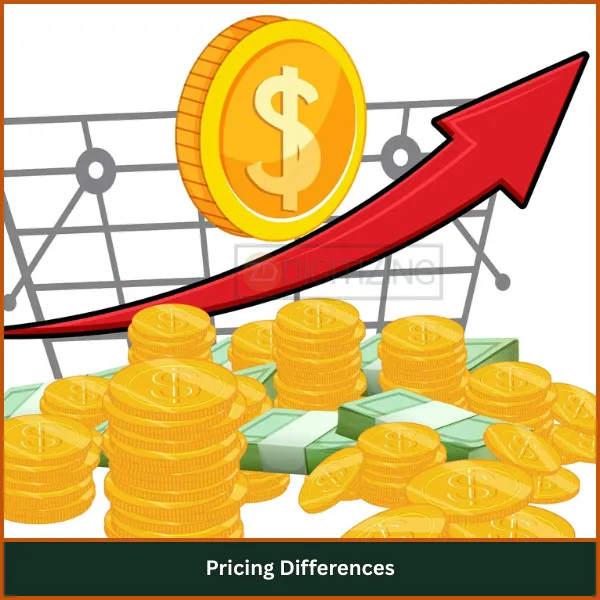
The cost difference between a basic stitch machine and a decorative stitching device can be significant.
Entry-level sewing machines are generally affordable, with reliable models available under $200.
In contrast, embroidery machines, especially those with computerized features or multiple needles, often start around $500 and can exceed several thousand dollars.
Combo units that function as both an embroidery and sewing machine fall somewhere in between, offering mid-range pricing with versatile functionality. Ultimately, pricing depends on brand, features, hoop size, stitch quality, and connectivity options.
6. Work Area Size
Basic sewing machines typically have a modest throat space suitable for clothing construction or small quilting projects. Embroidery units often include a larger, adjustable embroidery field (or hoop area), especially in professional or multi-needle models. This expanded workspace allows the stitching of larger designs without repositioning the fabric.
7. Stitch Options and Patterns
While a sewing machine offers functional stitches such as straight, zigzag, stretch, and sometimes a few decorative options, embroidery systems focus entirely on artistic output. They can reproduce hundreds of intricate patterns, fonts, and images. An embroidery sewing machine combo may allow users to toggle between both types of stitching modes.
8. Hooping System
In a general-purpose machine, the fabric lies flat and unrestrained. Embroidery devices require hooping placing fabric tightly between an inner and outer frame to keep it stable during stitching. This hooping process is essential to ensure precision and prevent fabric shifting during design execution.
9. Automation and Computer Connectivity
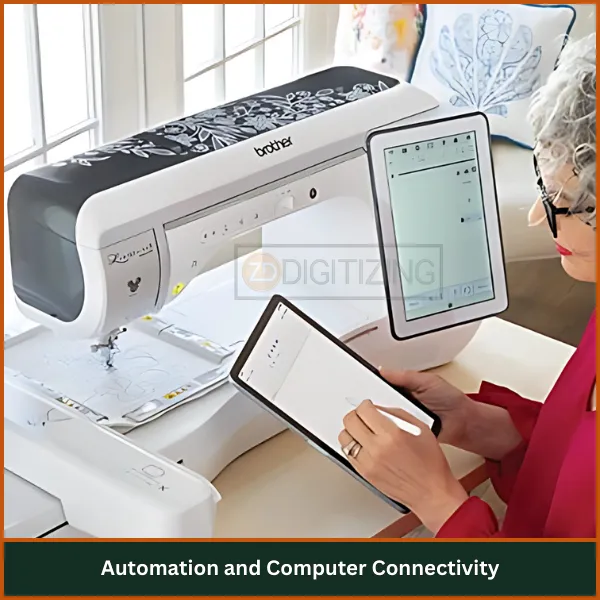
Digitized stitching devices typically include USB ports, memory card slots, or wireless connectivity to import and manage design files. Many work with custom embroidery software.
Traditional sewing models are often manual or semi-automated, and rarely connect to external devices.
Computerized sewing machines may offer limited programmable stitches but don’t approach the automation level of embroidery systems.
10. Thread Color Management (Single vs Multi-Needle)
Most sewing machines and home embroidery devices operate with a single needle, requiring users to change thread colors during multi-color designs manually. Advanced embroidery units, particularly multi-needle models, automate thread color changes, significantly speeding up the stitching process and enhancing accuracy.
11. Suitable Applications (Garment Construction vs Decorative Embroidery)
A basic sewing machine excels at assembling clothing, altering fabric pieces, sewing zippers, and finishing seams. It’s a core tool for garment makers. In contrast, an embroidery machine is best suited for personalizing items like shirts, hats, towels, or bags with logos, names, or ornamental art. Users often combine both machines or opt for an embroidery and sewing machine combo for maximum versatility.
12. Learning Curve and Ease of Use
For beginners, a traditional sewing machine is generally easier to learn, with fewer setup steps and straightforward stitch controls. Embroidery units require familiarity with software, hooping techniques, and thread mapping. However, modern machines often offer on-screen tutorials and auto-adjustments, helping new users transition into machine embroidery more smoothly.
13. Maintenance Requirements
Sewing machines typically need regular cleaning around the bobbin case, oiling of moving parts, and needle replacements. Embroidery systems demand similar care, but also require maintenance of hoop sensors, thread tension settings, and digital components. Multi-needle units may involve more complex upkeep due to their precision parts and electronic integration.
Can You Embroider with a Sewing Machine?
No, a regular sewing machine is not designed to do real machine embroidery like an embroidery machine can. When comparing an embroidery machine vs sewing machine, it’s important to know that each serves a different purpose.
A traditional sewing machine is great for stitching clothes, repairing seams, and other construction tasks. However, it doesn’t have the built-in patterns, hooping system, or automatic design features that are needed for embroidery.
That said, it is possible to embroider with sewing machine using a technique called free-motion embroidery. This involves lowering the feed dogs and manually moving the fabric to draw simple designs, but it takes time and practice, and results may not be as neat.
For more accurate and professional-looking embroidery, a dedicated embroidery sewing machine or a combo model that offers both sewing and machine embroidery functions is a better choice, especially for those who want to decorate fabrics with names, logos, or artwork.
Why Choose a Combo Embroidery and Sewing Machine?
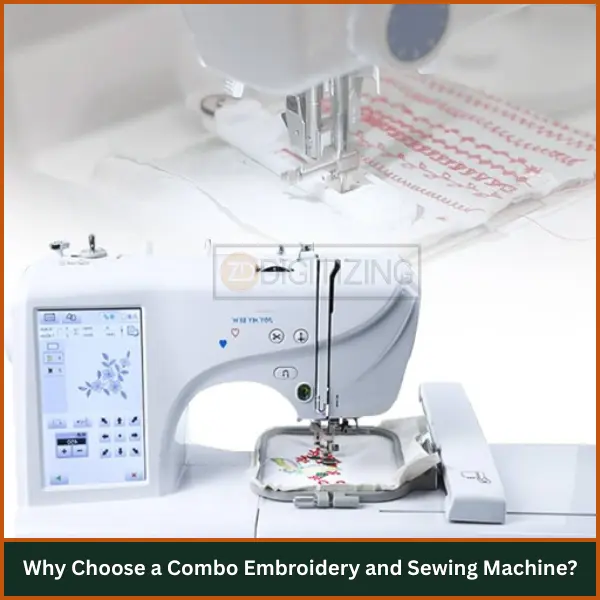
If you’re stuck choosing between an embroidery machine vs sewing machine, a combo machine might be the perfect solution. An embroidery and sewing machine in one lets you do both regular stitching and decorative designs without buying two separate devices.
These machines come with settings for straight stitching, hemming, and zippers, just like a basic sewing machine, but also include features for machine embroidery, such as a hooping system, built-in designs, and digital pattern support.
While combo models may not be as advanced as high-end embroidery-only machines, they’re a great choice for beginners, hobbyists, and small business owners who want to sew and embroider on the same machine.
Decision Making: Which Machine is Best for You?
Choosing between an embroidery machine vs sewing machine depends on how you plan to use it. Whether you’re a hobbyist, beginner, or small business owner, each machine fits different real-life needs.
- If you mostly want to sew clothes (shirts, pants, dresses), a regular sewing machine is best.
- For decorating items with names, logos, or patterns, an embroidery machine is more suitable.
- If you run a small business or Etsy shop, a combo embroidery and sewing machine gives you both functions in one.
- Quilters often use sewing machines for piecing and embroidery machines for adding decorative designs.
- Beginners who want to try both sewing and embroidery should consider a combo machine to save space and money.
Conclusion
Now that you clearly understand the difference between an embroidery machine vs sewing machine, one thing is certain: if you want beautiful, professional, and precise designs, an embroidery machine is the way to go.
But to truly unlock the potential of machine embroidery, you need more than just the right equipment; you need high-quality, digitized design files that stitch out perfectly. That’s where things can get tricky for beginners and even experienced users.
Fortunately, we’ve made your embroidery journey easier than ever. With expert digitizing services designed to turn your logos, artwork, and custom ideas into flawless stitch-ready files, you can focus on creating, not fixing thread issues.
ZDigitizing offers affordable, high-quality embroidery digitizing with fast turnaround times and guaranteed results. Ready to start stitching like a pro? Try ZDigitizing today and get 50% OFF your first order. Don’t miss this chance to level up your embroidery game!
FAQs
Yes, you can use a standard sewing machine for simple embroidery techniques like free-motion embroidery or applique. This requires manually guiding the fabric while stitching. However, for detailed, computerized designs, a dedicated embroidery machine is more suitable.
Yes, embroidery machines are distinct from regular sewing machines. Embroidery machines are designed to create decorative patterns and often use hoops to keep fabric taut while the machine moves the fabric in various directions. In contrast, sewing machines are primarily used for constructing garments and other items, with the user manually guiding the fabric in a straight or zigzag path.
Embroidery machines can be quite costly and often need more maintenance than standard sewing machines. The embroidery process itself can be slow, particularly for detailed designs. Additionally, these machines might struggle to replicate extremely fine details or smooth color transitions as precisely as other decoration methods.
Generally, embroidery is more complex than sewing. It involves detailed stitching, creative precision, and sometimes the use of design software. Sewing tends to have a gentler learning curve, making it more approachable for beginners, while embroidery may require more practice and skill.
For basic embroidery tasks, a regular sewing machine with a straight stitch can work if used for free-motion techniques. However, for advanced or digital embroidery designs, a specialized embroidery machine or a combination sewing and embroidery machine is recommended. These machines include features like embroidery hoops, design importing, and automatic thread changes.

